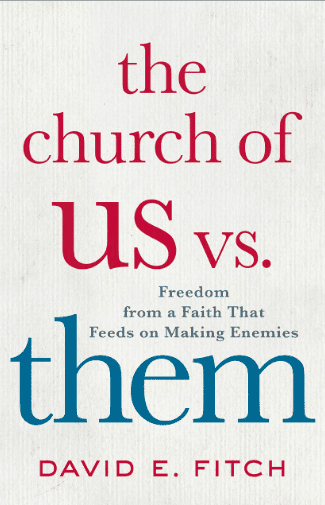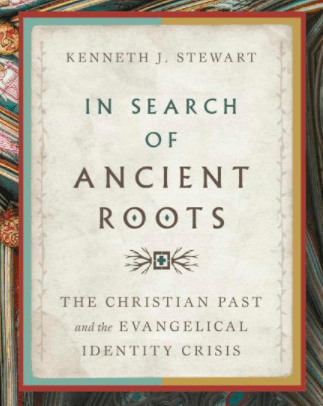American evangelicalism, Randy Balmer observes, is perculiarly American, and emerged out of three P’s: Scots-Irish Presbyterianism, Continental Pietism, and New England Puritanism. But Balmer’s burden is that evangelicalism in America mutates, even if it is connected always to the Bible as inspired, the centrality of a born-again experience, and the impulse to evangelize others. He argues this, and much more, in his small and important book, The Making of Evangelicalism. Those three (he does not have Bebbington’s crucicentrism) connections create substantive diversity and variety within evangelicalism.
But this means it is always changing. Why? “It is not bound by ecclesiastical hierarchies, creedal formulas, or liturgical rubrics” (3).
Balmer sees four shifts, or four turning points, and each of these has lingering effects in our culture today:
Where do you see these turning points today?
First, a transition from Calvinism to Arminian theology in the embrace of revivalism. It begins with Jonathan Edwards and George Whitefield, whose oratory and popular appeal, began to shift the focus. And society gave people options — so appealing for congregants influenced evangelicalism; the most appealing became the most successful. Balmer’s point then is a free market kind of religion prevails in America. At work here is the foundation of the First Amendment, something that gives life and breath to American evangelicalism.
The Second Awakening saw a theological shift, from Edwards to Finney. The focus shifted to humans’ choice and that means persuasion was lifted to new heights. Finney’s approach fit the temper of America because it connected with self-determination. Balmer observes that many would like to undo this Finney funnel in evangelicalism and pretend it is only Calvinist, and he observes a shift in the Evangelical Free Church toward more Calvinism. The attraction to Calvinism, he surmises, is a reaction to Pentecostalism. I would argue that may be the case, but there is also a strong reaction to the pragmatism and (often lack of) theology in post-denominationalism and non-denominationalism.
Balmer thinks this battle is unwinnable — American evangelicalism has a revivalist, self-determined core.
Second, a transition from postmillennialism’s hope for creating a new society to a more pessimistic posture in (often dispensational) premillennialism. Self-determination could change society, so the early phases after Finney were about changing America. It was about kingdom building, but this set of hopes was replaced — eventually — by a more pessimistic premillennialism that entailed continued corruption in society and culture that were more or less irredeemable.
Slavery, intemperance, education, female seminaries and the rights of women… then so much immigration and industrialization and drinking … and premillennialism set in. Some Prots did not share the pessimism; they are in the line of Rauschenbusch and the progressives. The premillennialist devoted his or her time to evangelism and global missions.
Third, a transition from a place in culture to an underground, disestablished subculture. Balmer says in general one can say there are four periods in the relation of evangelicalism to society: 1900-1925, 1925-1950, 1950-1975, and 1975-2000. The Topeka and Azusa Street events influenced this first, and Billy Sunday … and The Fundamentals… all led to a subculture… Scopes Trial… and the construction of an evangelical/fundamentalist subculture of publishing houses and schools. By mid Century we have Carl Henry calling for re-engagement. Billy Graham and a capacity to speak into culture. Jimmy Carter’s rise, and he rode on the waves of evangelical support (who then turned against him four years later to support Reagan). The last quarter sees total capitulation of evangelicals to politics.
Fourth, a transition from a subculture to re-engagement in the Religious Right. 1973, Roe v. Wade, awoke evangelicalism from a stupor of inactivism — this is the fictional revisionist story of many today. Balmer shows that the Roe v. Wade decision was largely ignored and partly supported by evangelicals, and he names names. What galvanized was what followed from the Civil Rights Act, in particular the Green v. Connally and Bob Jones University and its decision not to admit unmarried African Americans and to prohibit interracial dating. The IRS revoked the school’s status. This decision threatened the viability and sacredness of the evangelical subculture through govt interference. There’s the beginning of American evangelicalism’s renewed political activism. Balmer says it was not racism. Then the rest of the set of factors, now well known, gathered round… though the results in DC are negligible.
The most effective religious groups are in the margins and not the seat of power. Evangelicalism has too often been co-opted by powers in DC and seats of power.











